Children are often naturally attracted to dogs and can benefit in many ways from living with a pet. Taking care of a pet can teach responsibility, empathy and even enhance a child’s self-esteem. However, a match is not guaranteed from the beginning. Children need to learn proper behaviour around dogs and not all dogs have a playful, patient temperament or are comfortable around children or strangers. Parents must be willing to teach the child and train the dog on acceptable limits of behaviour so that their interactions are pleasant and safe.

SELECTING THE RIGHT DOG FOR YOUR FAMILY
Before welcoming a dog into your family, it is important to consider your living space, the time you have available to care for the dog and the ages of the children in the home. This should guide your selection of a dog breed (activity level, barking level, size, coat type, trainability) that would best fit your family’s lifestyle. It’s also very important to explain to children what proper care of a pet entails and how the roles and responsibilities of pet ownership are shared among the family.
WHAT BREED IS BEST?
While there are some generalisations that can be made about specific dog breeds, the characteristics of an individual dog are at least as important as the breed. Many dogs are well-behaved with children. Breeds like the Irish and English Setters, Golden and Labrador Retrievers are popular breeds for owners with kids. However, all dogs require socialisation and training.
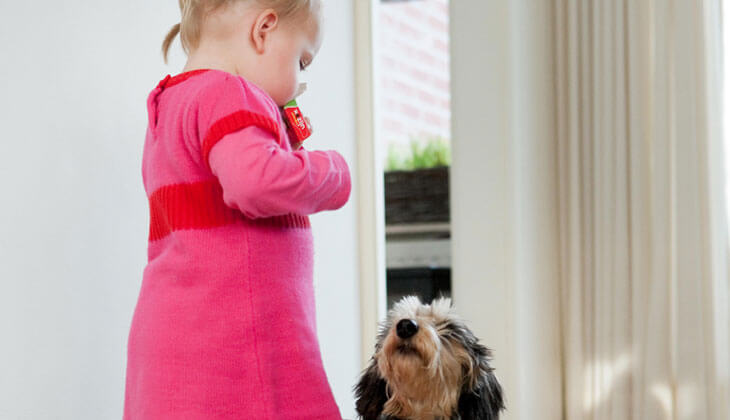
TEACHING YOUR CHILD
Children should be taught to be kind and polite to pets. Additionally, teaching them to recognise signs of fear or anxiety in dogs will allow them to back off and avoid dangerous situations. Here are some rules to teach children about pet handling:
- Do not disturb your pet during meals or during naps. Wait until he or she is finished eating and interact with him or her away from the food bowl. If your pooch is sleeping, you can try calling him or her over to you or offering a treat so the exit from the crate or bed is calm and regulated.
- Play gently. Rough games can overstimulate, threaten, or inadvertently harm the dog. A game of fetch or hide and seek in well-trained dogs provides an opportunity for exercise as well as sharpening search and rescue skills.
- Don’t let a small child carry or pick up the dog without supervision to avoid injury to either party.
Always closely supervise your children when they interact with any pet. Accidents can happen in a second. When your puppy first arrives in your home, ensure that every family member gets to meet the pet one at a time. Sometimes children can be startled or scared by even a friendly dog’s barking, licking or tail wagging. Reinforcing positive interactions and involving your child in a new dog’s training by teaching them commands is an excellent way to forge a deep bond with your new family member.
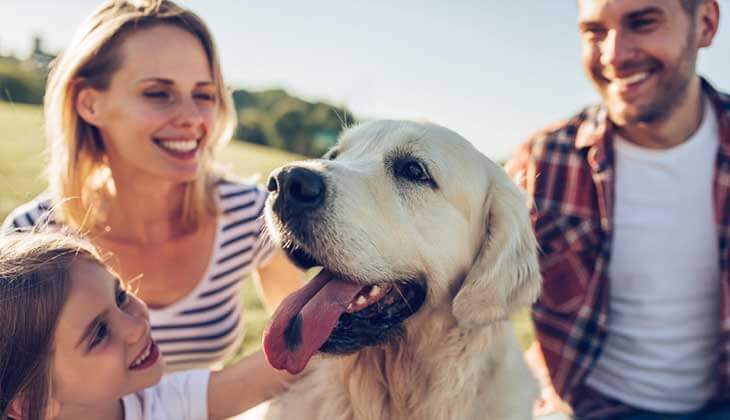
TRAINING THE DOG
Dogs need to be gradually acclimatised to people, other pets, places, things, sounds, smells, textures, and touch. The goal is to link common stimuli with a pleasant experience (play, praise, treats). This process of socialisation ultimately shapes a dog’s personality and the way he or she reacts to the environment.
A common trainable behaviour in puppies younger than 6 months of age is play biting. As your puppy explores the world with his or her mouth, even gentle handling and playtime can end in unintended “play bites.” Providing appropriate toys allows for more gentle play. Physical punishment is never appropriate, and training should focus on rewarding correct behaviours and preventing undesirable ones.
Dog training classes are highly recommended, especially basic obedience. Many of these courses allow children to participate, so that the dog and the children can learn the rules of behaviour together.
Puppies need to feel like they are part of the family, so introduce your pet to all members of the family and welcome him or her. The dog wants to be part of your pack, so give your new pooch that opportunity and the love will be your family’s reward!
Looking for a Veterinary Practitioner?
Your veterinary practitioner plays a big role in your pet’s health. Enter your location information and get a list of vets near you.
FIND A VETERINARY PRACTITIONER NEAR ME

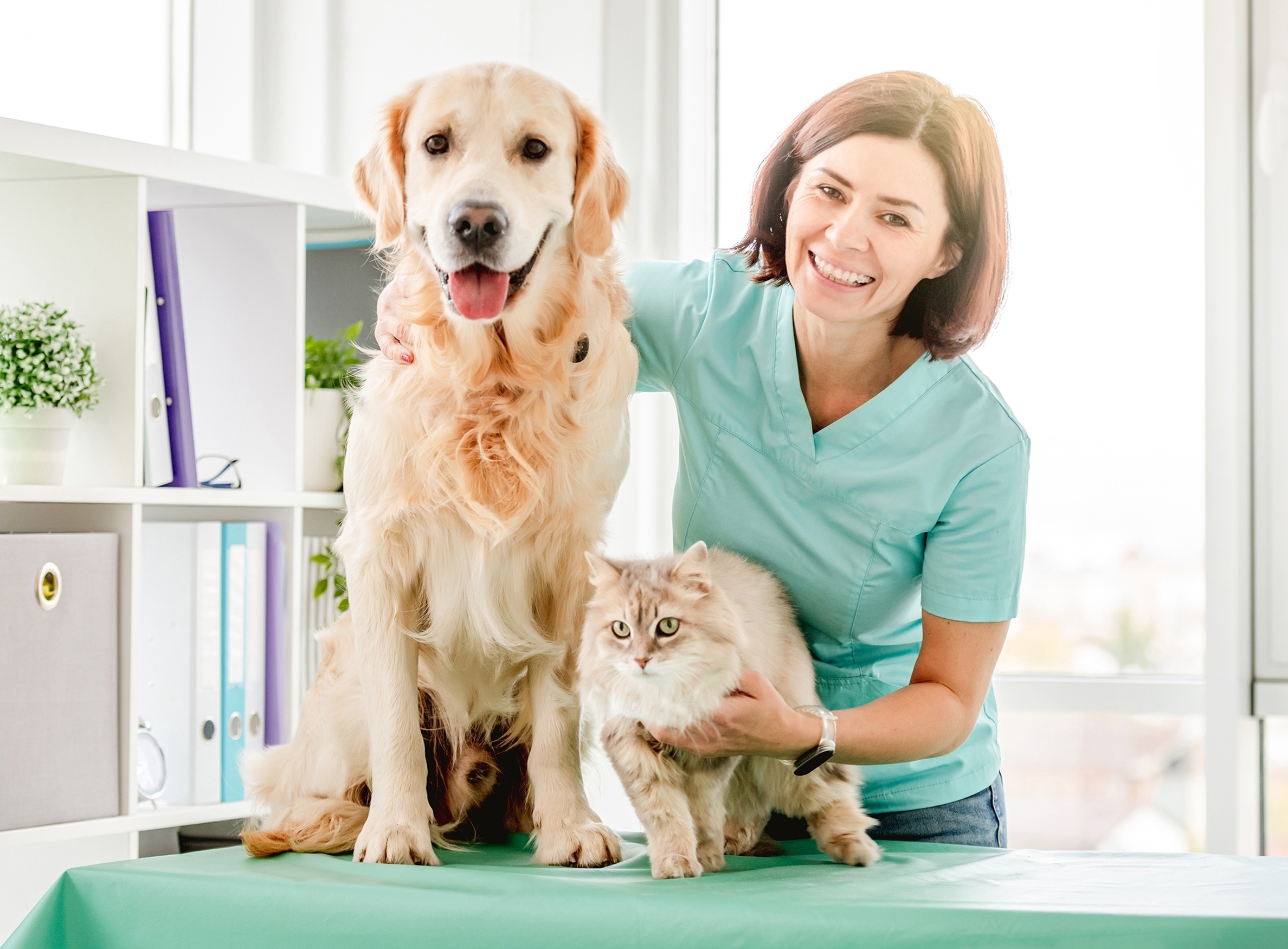
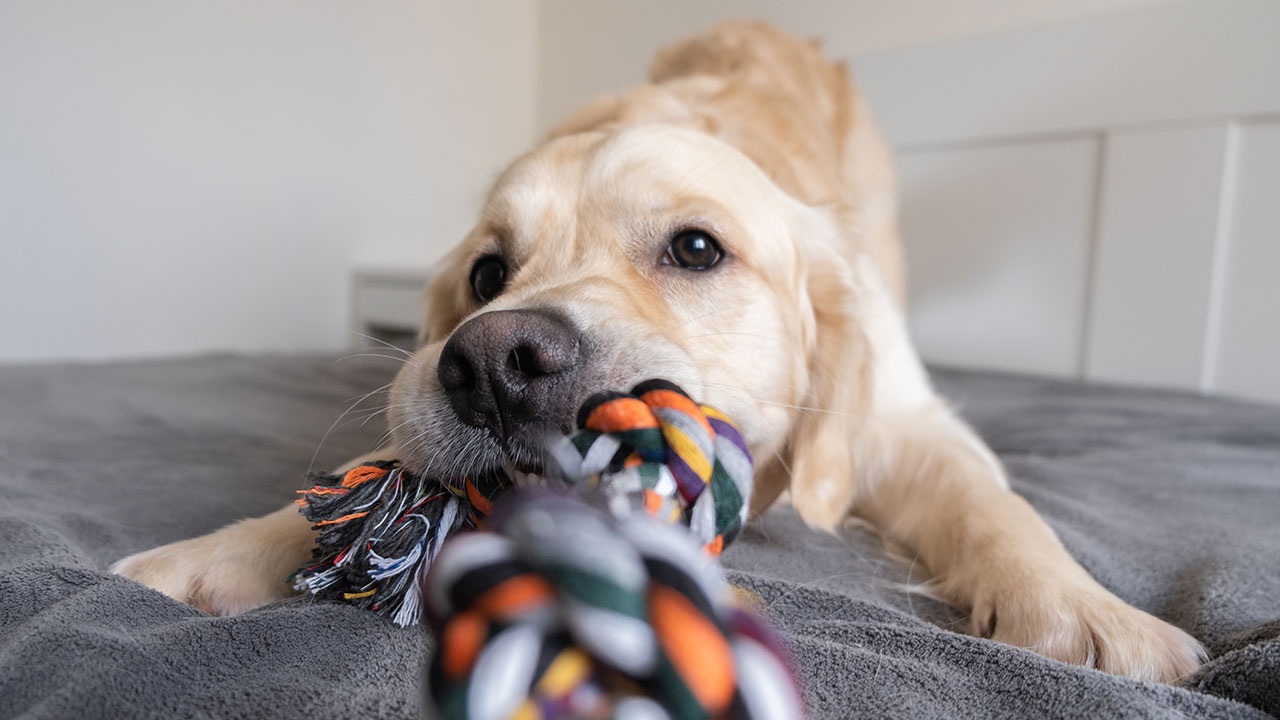
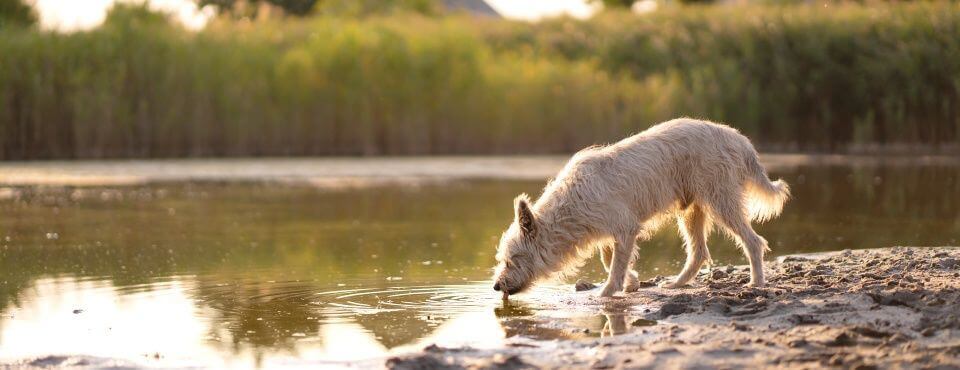

 Go To United States
Go To United States Austria
Austria Belgium
Belgium Czech Republic
Czech Republic Denmark
Denmark Europe
Europe Finland
Finland France
France Germany
Germany Greece
Greece Hungary
Hungary Ireland
Ireland Israel
Israel Italy
Italy Netherlands
Netherlands Norway
Norway Poland
Poland Portugal
Portugal Romania
Romania Saudi Arabia
Saudi Arabia Slovakia
Slovakia Spain
Spain Sweden
Sweden Switzerland
Switzerland Turkey
Turkey United Kingdom
United Kingdom